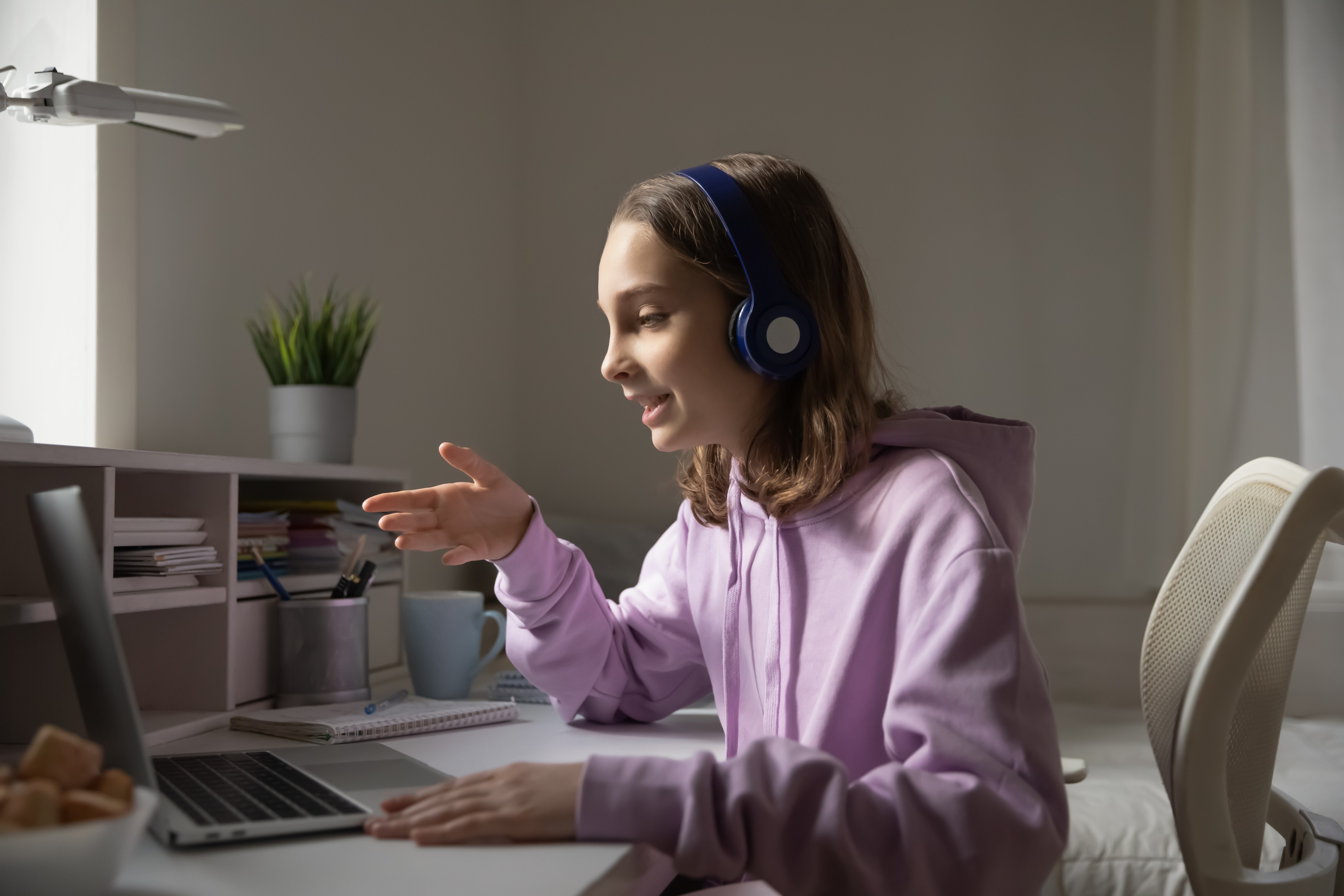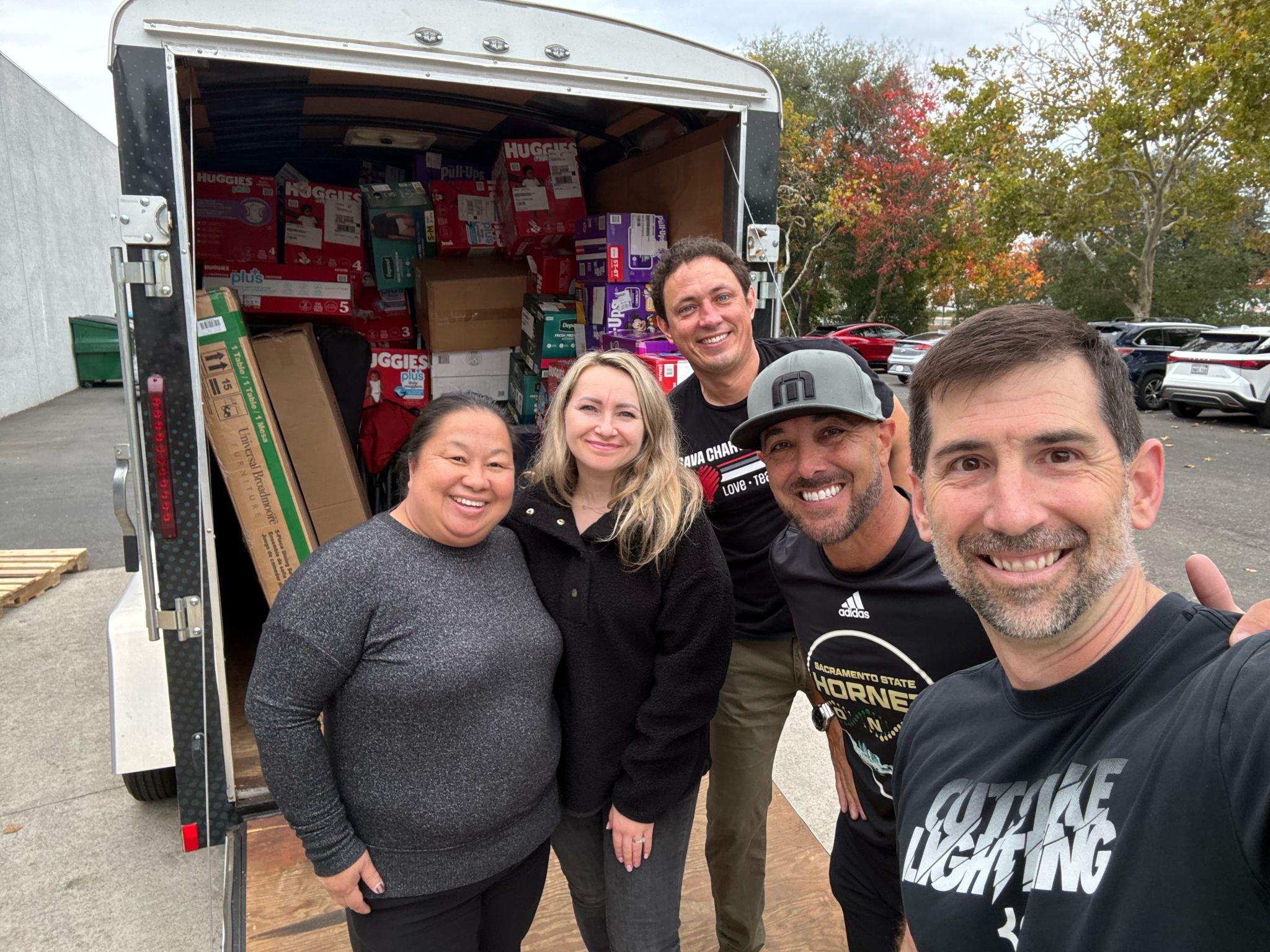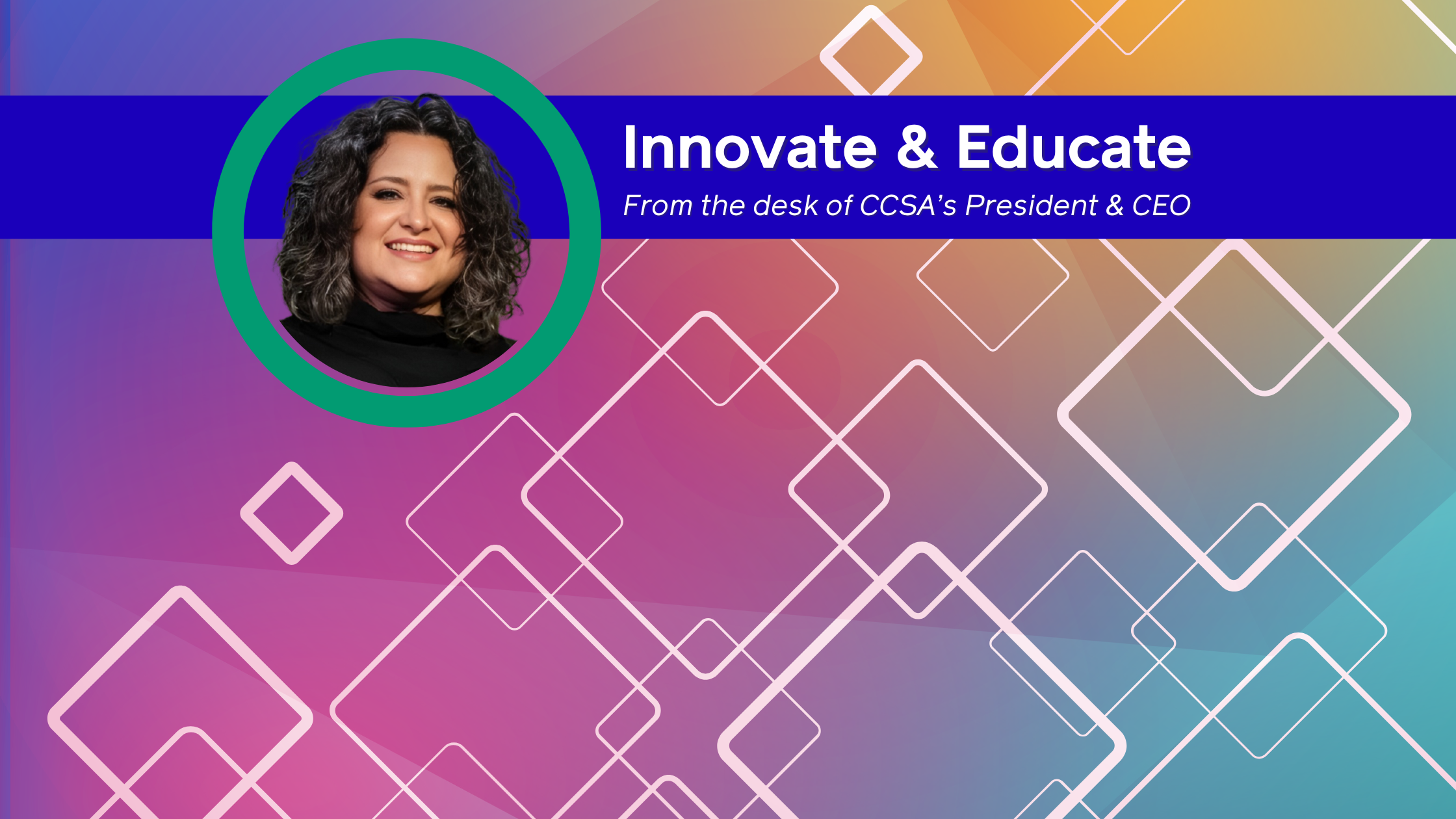California’s charter public schools have been leaning on their strengths of flexibility and innovation to ensure students stay on track academically during this new era of distance learning. While charter school educators are implementing new strategies, they realize it can be difficult to replicate the “human connection” between a teacher and a student during this time – especially a student who may be dealing with trauma, homelessness, mental health issues or other personal struggles at home.
Ray Culberson knows this all too well.
Culberson is the Executive Director of Entrepreneur High School in Highland, California, which offers an entrepreneur-infused curriculum to some of the most underserved students in the San Bernardino region.
Students in grades 9-11 receive hands-on skills and motivational support so they can design and launch their own businesses. However, distance learning poses a challenge to this model because teachers are not physically present to offer the coaching and guidance many of their at-risk students need.
“[Our students] like to see your eyes and see your sincerity,” Culberson said. “They like to know they can count on you. People who have gone through difficulties have a great sense of knowing who is on their team and who is not.”
TUNE IN: Watch CCSA President and CEO Myrna Castrejón speak with Executive Director of Entrepreneur High School Ray Culberson about how his educators are fostering connections with their students amid remote instruction.
In order to maintain the human connection, Entrepreneur High School and other charter schools in California are embracing three novel approaches – home visits, Zoom counseling, and one-on-one check-ins.
For charter school educators and leaders interested in these approaches, here is some information to jumpstart your thinking:
#1 Home Visits
Home visits are a powerful way to nurture positive and meaningful communication and relationships between teachers and their students’ families. Not only do these visits help teachers understand their students better, but they also send a strong message to students that there are people who truly care about their lives both inside and outside of the classroom.
The pandemic may prevent a school from implementing a home visit program with fidelity, but it still can be done, Culberson said.
At Entrepreneur High School, Culberson and a team of teachers continue to make home visits while adhering to public health safety measures – face masks and handwashing are required, teachers do not enter buildings or homes, and students and teachers must maintain 6 feet of social distance.
“The important thing is to show kids that you’re there,” said Culberson, adding that home visits during the pandemic should focus on building a relationship, extending support, and actively listening to parents’ thoughts and concerns.
Due to COVID-19, some students and parents may not feel comfortable accepting guests at their homes. Alternative locations such as the backyard, a nearby coffee shop, or neighborhood park may be appropriate for family-centered visits.
Above all, educators say being culturally responsive, no matter the setting, communicates genuine interest and respect.

#2 Zoom Counseling
Experts are beginning to report a significant rise in depression and anxiety among students as schools remain closed due to the pandemic. In response, some school counselors are moving toward offering teletherapy – any remote therapy that uses technology to help a therapist or client communicate.
Some examples of teletherapy used by mental health professionals include therapy sessions over the phone, group chats for group therapy, or videoconferencing.
For school counselors, the trend is to schedule one-on-one Zoom counseling sessions with the neediest students. Similar to a Zoom class, a Zoom counseling session connects a counselor to a student via a videoconference call on a laptop, tablet or smartphone.
Entrepreneur High School currently has a professional counseling team that ensures the school’s distance learning initiative prioritizes students’ mental health needs. Zoom counseling is one way they’re offering support.
Culberson says while these sessions do not replace the human connection, they do offer a lifeline to students who are struggling the most.
#3 Teacher/Student Check-ins
Before the pandemic, teacher/student check-ins usually took place informally before or after class. Now teachers have adopted a relatively low-tech way of maintaining that human connection: a weekly phone call to individual students.
Starting with “How are you?” teacher/student check-ins by phone can help with relationship building, instilling a sense of normalcy, and understanding students’ needs. It also allows teachers to connect with parents or guardians to determine whether they’re having problems accessing basic needs, community resources, or technology.
Because teachers are accustomed to checking in with students in the classroom, one-on-one phone calls are generally a new responsibility and new norms and expectations are likely to evolve over time.
Culberson says teachers should always be pushing themselves to think of new and innovative ways to ensure students get the attention they deserve.
“Charter schools make a difference to kids because we meet their emotional needs on a one-to-one basis,” Culberson said. “We have the ability to help and contribute back.”
This blog story was written by Ana Tintocalis, CCSA Director of Media Relations and Research. She is a regular blog contributor. If you would like to contact her, please email: atintocalis@ccsa.org.


-1.png)